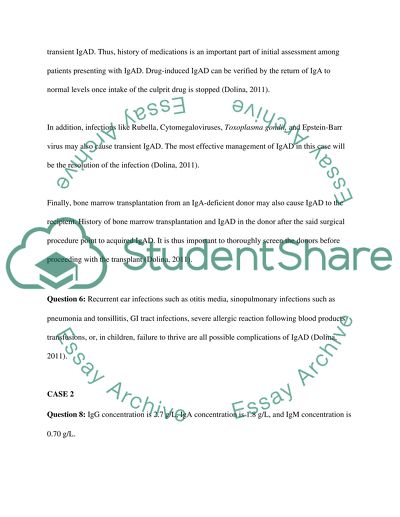Cite this document
(“Clinical immunology case study Essay Example | Topics and Well Written Essays - 2000 words”, n.d.)
Retrieved from https://studentshare.org/health-sciences-medicine/1595117-clinical-immunology-case-study
Retrieved from https://studentshare.org/health-sciences-medicine/1595117-clinical-immunology-case-study
(Clinical Immunology Case Study Essay Example | Topics and Well Written Essays - 2000 Words)
https://studentshare.org/health-sciences-medicine/1595117-clinical-immunology-case-study.
https://studentshare.org/health-sciences-medicine/1595117-clinical-immunology-case-study.
“Clinical Immunology Case Study Essay Example | Topics and Well Written Essays - 2000 Words”, n.d. https://studentshare.org/health-sciences-medicine/1595117-clinical-immunology-case-study.


